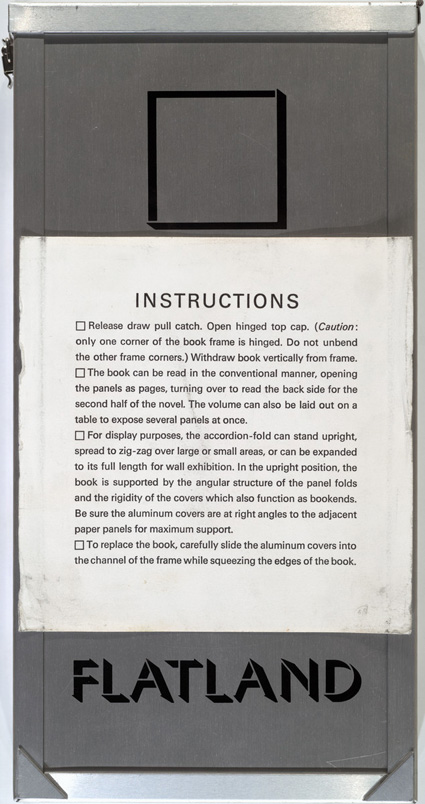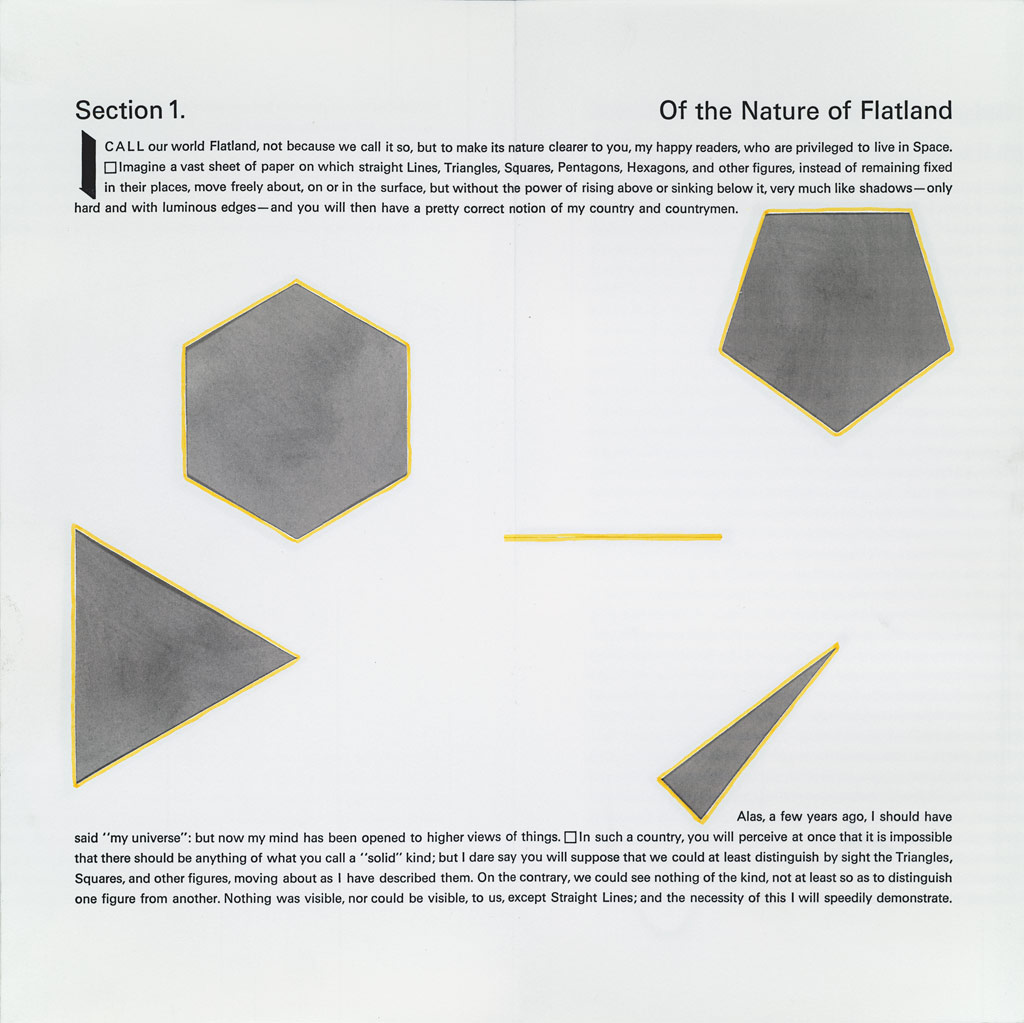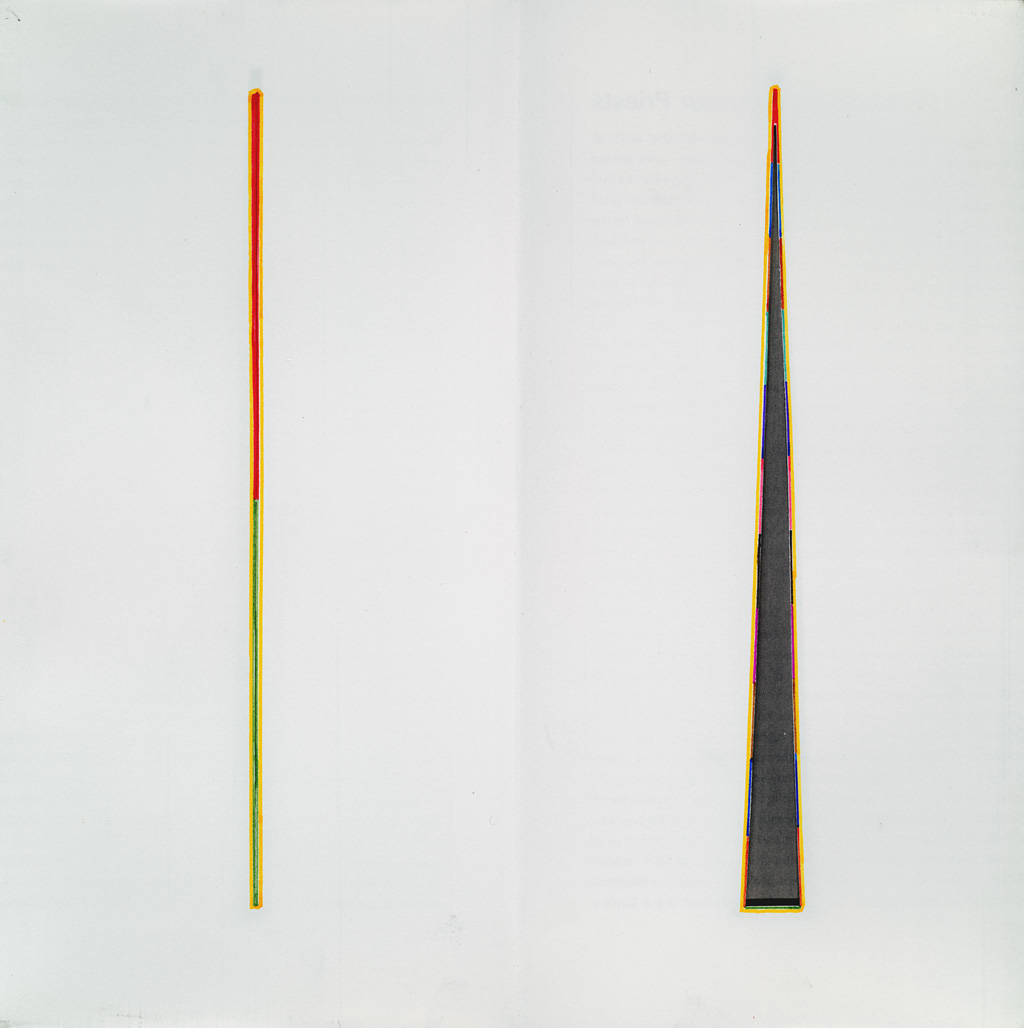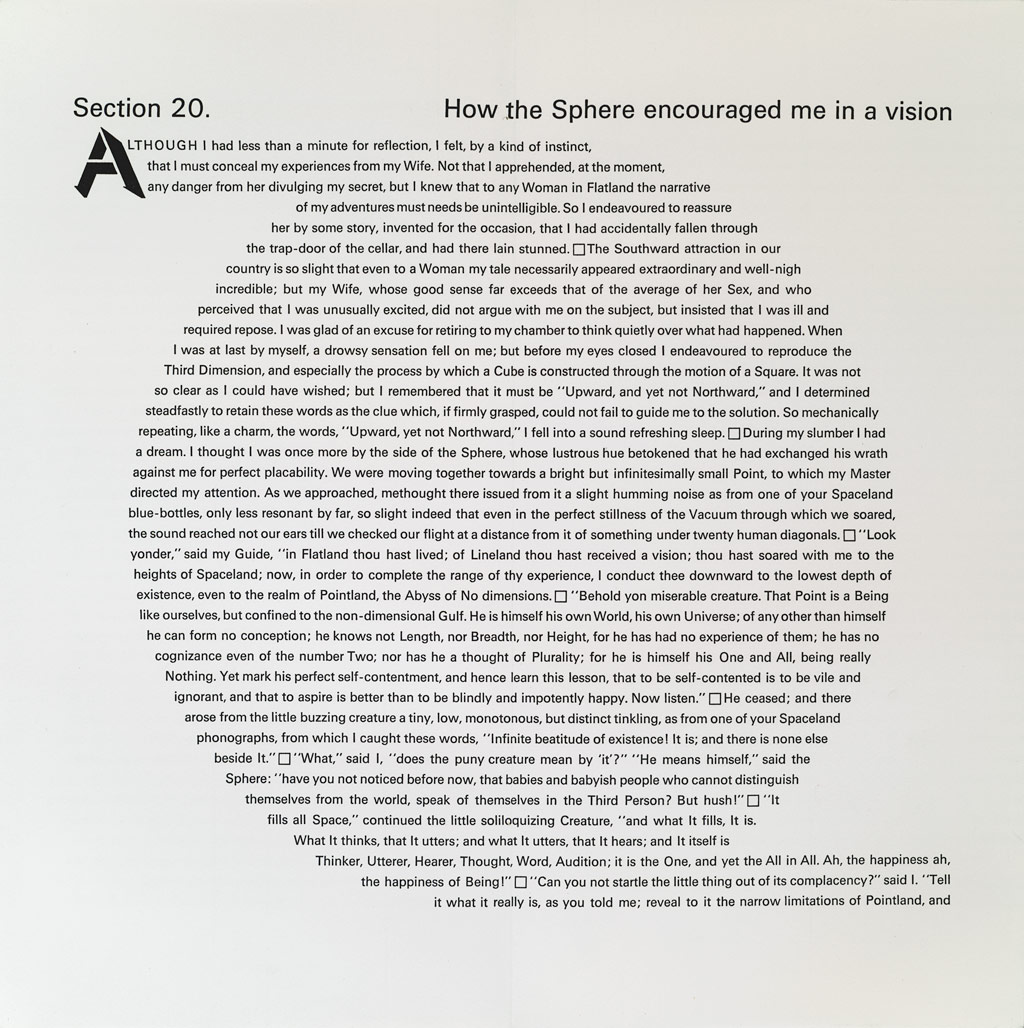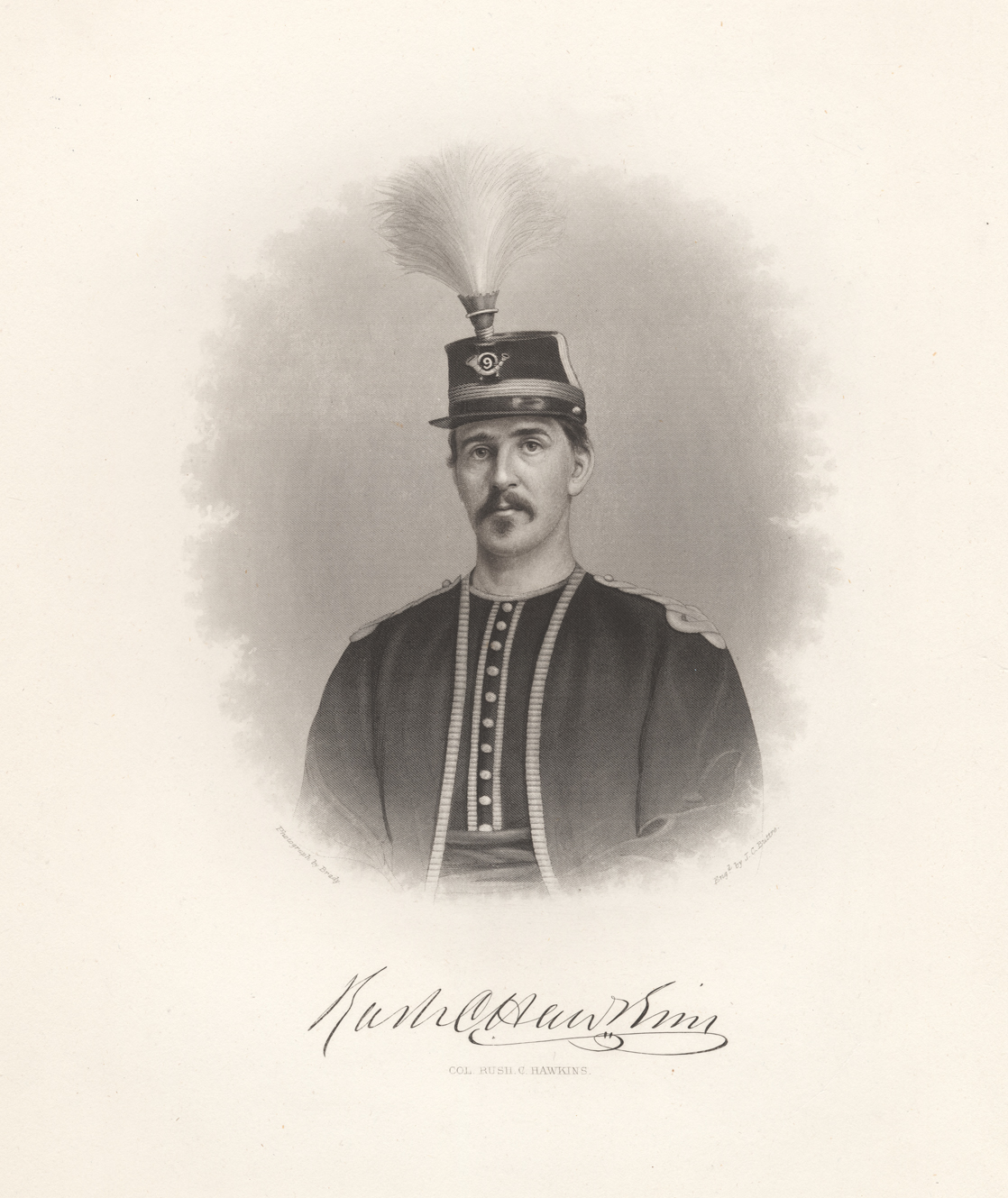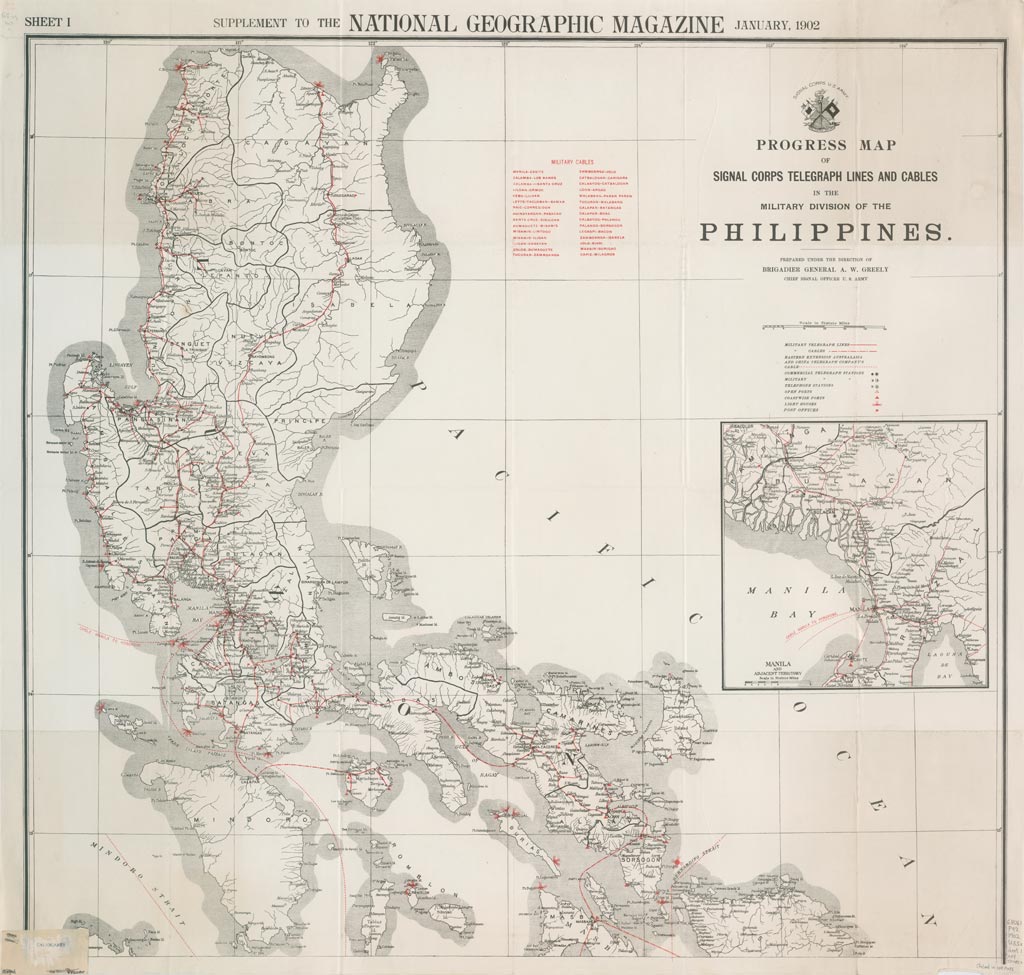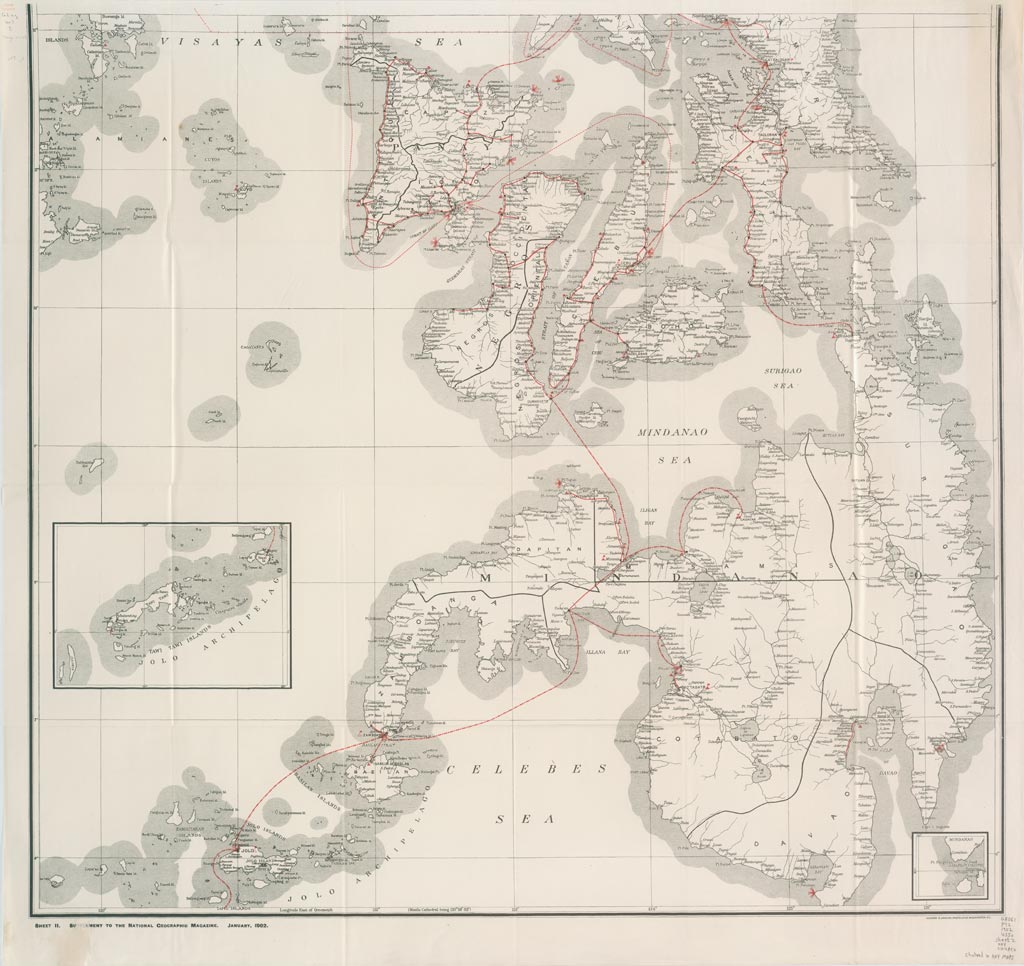In late-summer 2007, the Brown University Library contracted with Boston Photo to photograph both sides of a unique oversize panorama scroll depicting the life of Garibaldi. After the initial capture files were processed and digitally merged together by Digital Production Services staff in the Library, they were used to develop a website about the panorama. The process of reconstituting the panorama’s narrative scenes from the initial set of discrete digital photographs is described below:

Example from the (supplementary) end of side 2: Yellow line represents edges of initial capture files (which included on average .5–1′ of overlap). Files were then digitally merged together in order to visually preserve the continuity of narrative scenes.
The sheer dimensions of the Garibaldi panorama — 4.75′ tall and 260′ wide on each side — presented unique digitization challenges. Boston Photo Imaging, a digital imaging company, was contracted to capture digital images of the panorama as it was unrolled across a custom-built wooden platform. Using a vertically mounted Better Light 4″ x 5″ digital scan back, capturing both sides of the panorama took three days and resulted in 91 digital image files, each file ~244 MB and representing ~6.5′ of horizontal width (including on average .5-1′ of overlap, in order to facilitate subsequent image merging). The scan back captured 300 dpi RGB TIF files; given the height of the device this resulted in an effective real-world resolution of ~137 dpi at the actual size of the panorama.
Because scenes within the panorama’s visual narrative do not correspond to the uniform width used in the capture process, sets of capture files were digitally merged together five at a time by the Brown Library’s Center for Digital Initiatives [now Digital Production Services] staff, at full capture resolution within Photoshop CS3/v10, and then individual scenes were isolated and saved from these roughly 30-feet merged sections. A continuous image of each side of the panorama was produced by subsequently merging sequences of these five-section composites at a reduced resolution. As part of this process the plastic-over-board background initially visible along the top and bottom edges was digitally removed, and each merged group of five was slightly rotated in order to compensate for some inevitable alignment drift produced during the unrolling process. Tonal levels and saturation values were slightly adjusted, and files were moderately sharpened for full-resolution and reduced-resolution delivery sizes. [Read more from “Behind the Scenes”]
In early 2013, the Center for Digital Scholarship and its student employees substantially upgraded the Web presentation of the Garibaldi scroll. In particular, one can now view the scroll’s narrative scenes directly alongside their accompanying descriptive texts. Flash-based animated views of the scroll are also still available on the site, which allow click-throughs into zoomable views of each narrative scene.
In addition to the redesigned website, the scroll has also been (briefly) mentioned in a new book from MIT Press, Illusions in Motion by Erkki Huhtamo, and has been featured as a teaching tool in the Patrick Ma Digital Scholarship Lab, by way of Massimo Riva’s Fall 2012 course on Garibaldi and the Risorgimento.




